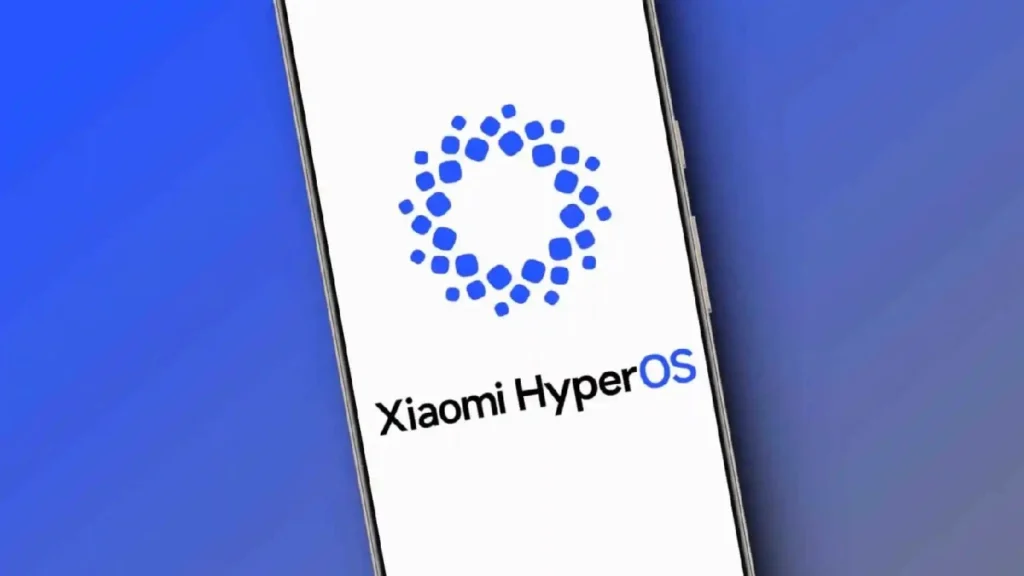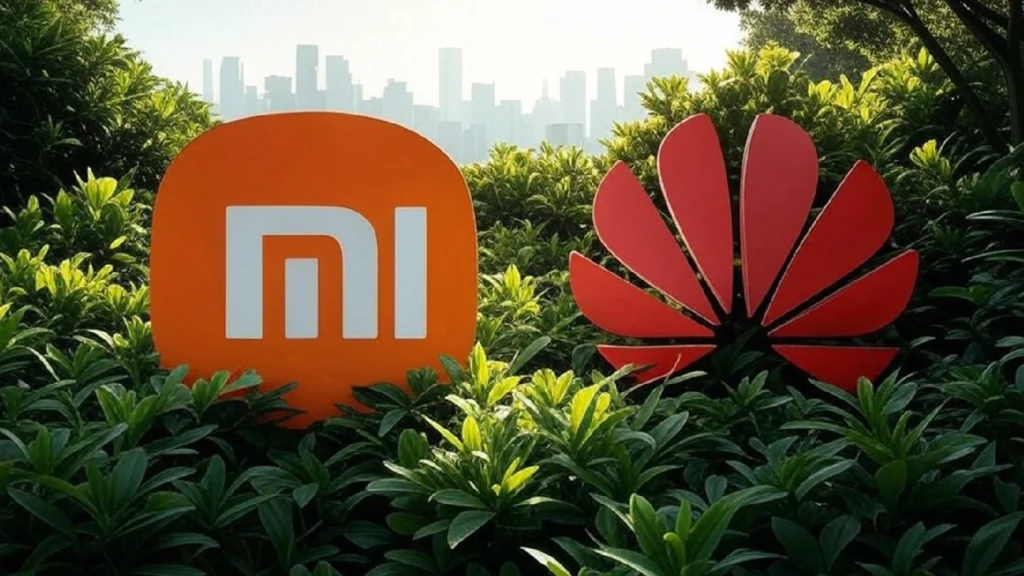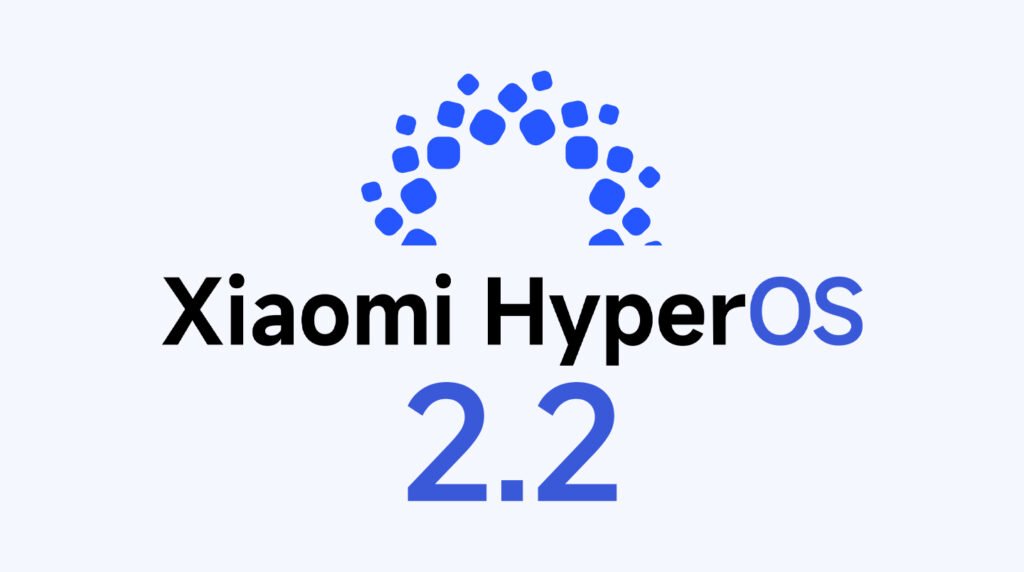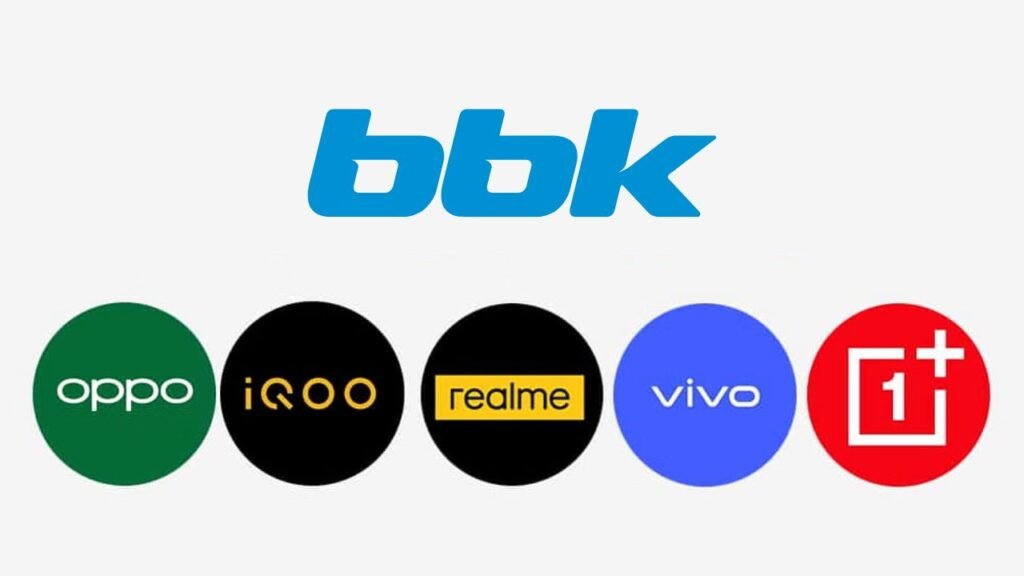Table of Contents
Highlights
- Xiaomi’s rumoured Google-free HyperOS is reportedly being developed in collaboration with Huawei and BBK.
- Though unconfirmed officially, the initiative points towards a future where Chinese tech firms no longer rely on Western software ecosystems.
- If successful, this bold undertaking could usher in a new chapter of digital sovereignty and also set a precedent for other companies.
In a bold move that could possibly reshape the Android ecosystem, Xiaomi is reportedly developing a Google-free version of its new operating system, HyperOS. According to recent reports, the Chinese tech giant may be collaborating with domestic rivals Huawei and BBK Electronics to create a localized ecosystem that operates independently of Google Mobile Services (GMS). This move mirrors a broader trend among Chinese tech firms aiming for technological sovereignty amid rising geopolitical tension and trade restrictions.
HyperOS: A Google-Free Future
HyperOS is Xiaomi’s latest operating system that was initially introduced in late 2023, replacing the long-standing MIUI. Designed to unify Xiaomi’s entire product portfolio, smartphones, tablets, wearables, IoT devices, and even electric vehicles, HyperOS is positioned as a versatile and intelligent platform. The current version still relies on Google Mobile Services for global markets, but that could soon change.

A Push towards a Google-Free Version
Rumours suggest that Xiaomi is developing a HyperOS that is entirely free of Google’s proprietary services and applications. This development seems to be aimed primarily at the Chinese market, where many of Google’s services are already banned, but it could also hint at a larger strategic shift towards global autonomy.
Such a move would allow Xiaomi to reduce its reliance on U.S.-based technology and services. By doing so, the company could gain more control over software updates, enhance system security, and ensure greater sovereignty over user data. This level of control is especially important given the current geopolitical landscape, where companies like Huawei have faced significant setbacks due to U.S. sanctions and export restrictions.
Collaboration with Huawei and BBK
One of the most intriguing elements of this initiative is Xiaomi’s rumoured collaboration with Huawei and BBK Electronics, which is the parent company behind popular brands such as Oppo, Vivo, and OnePlus. While these companies are typically rivals in the consumer electronics space, they appear to be coming together under a shared mission: to build a robust, homegrown ecosystem that can effectively compete with Google’s Android and Apple’s iOS platforms.

Sanctions had hit Huawei back in 2019, prohibiting the use of GMS for its smartphones. This prompted the company to launch its own in-house HarmonyOS software system and introduce the Huawei Mobile Services (HMS).This move brought about AppGallery, which replaced the workings of the Play Store, further minimizing the overall Android reliance.
Strategic Implications
The implications of a Google-free HyperOS are extensive at most. If Xiaomi and its partners succeed, they could substantially strengthen domestic technology independence by removing dependency on U.S.-based technology and platforms. This would allow them to create a more secure and sovereign ecosystem that aligns with national data policies.
A successful rollout could also enable these companies to build a unified software ecosystem that stretches across smartphones, smart home appliances, wearables, and even electric vehicles. Such integration would give users a seamless experience while enhancing the companies’ control over both hardware and software environments.

Furthermore, this initiative could open up new global opportunities, particularly in markets where Google’s services are restricted or not widely used, such as Russia, Iran, and parts of Africa. In these regions, a capable and fully localized alternative of Google’s Android could be particularly appealing.
Beyond immediate market benefits, the collaboration between Xiaomi, Huawei, and BBK could inspire other Chinese OEMs to follow suit. This could lead to a broader fragmentation of the Android ecosystem, resulting in the emergence of a parallel tech universe with China at its core.
Challenges Ahead
Despite its promising potential, Xiaomi’s Google-free HyperOS faces several significant challenges. One of the most pressing is the limitation of app ecosystems. Without access to Google Play Services, users and developers must rely on alternative app stores, which often lack the depth, variety, and reliability of Google’s.

Another challenge lies in global market resistance. Outside of China, most consumers are deeply embedded in the Google ecosystem, relying on services like Gmail, YouTube, Google Maps, and Google Drive. Replacing these familiar and integrated tools with alternatives could prove difficult and may affect the appeal of Xiaomi’s devices in international markets.
To navigate these challenges, Xiaomi might look to integrate elements of Huawei’s existing HMS or BBK’s proprietary platforms. Offering developers seamless tools for app migration and ensuring a smooth user experience will be essential to gaining traction.
Moving Towards Long-Term Autonomy
This development reflects a broader movement within China’s tech industry and the prioritization of self-reliance. After witnessing the struggles of Huawei under U.S. sanctions, companies like Xiaomi are increasingly motivated to reduce their dependence on foreign technologies.
The collaboration with Huawei and BBK suggests that this is not merely a company-level decision, but rather a coordinated national effort to ensure technological resilience. This goes beyond software autonomy, it encompasses control over user data, operational continuity, and the ability to withstand geopolitical disruptions.